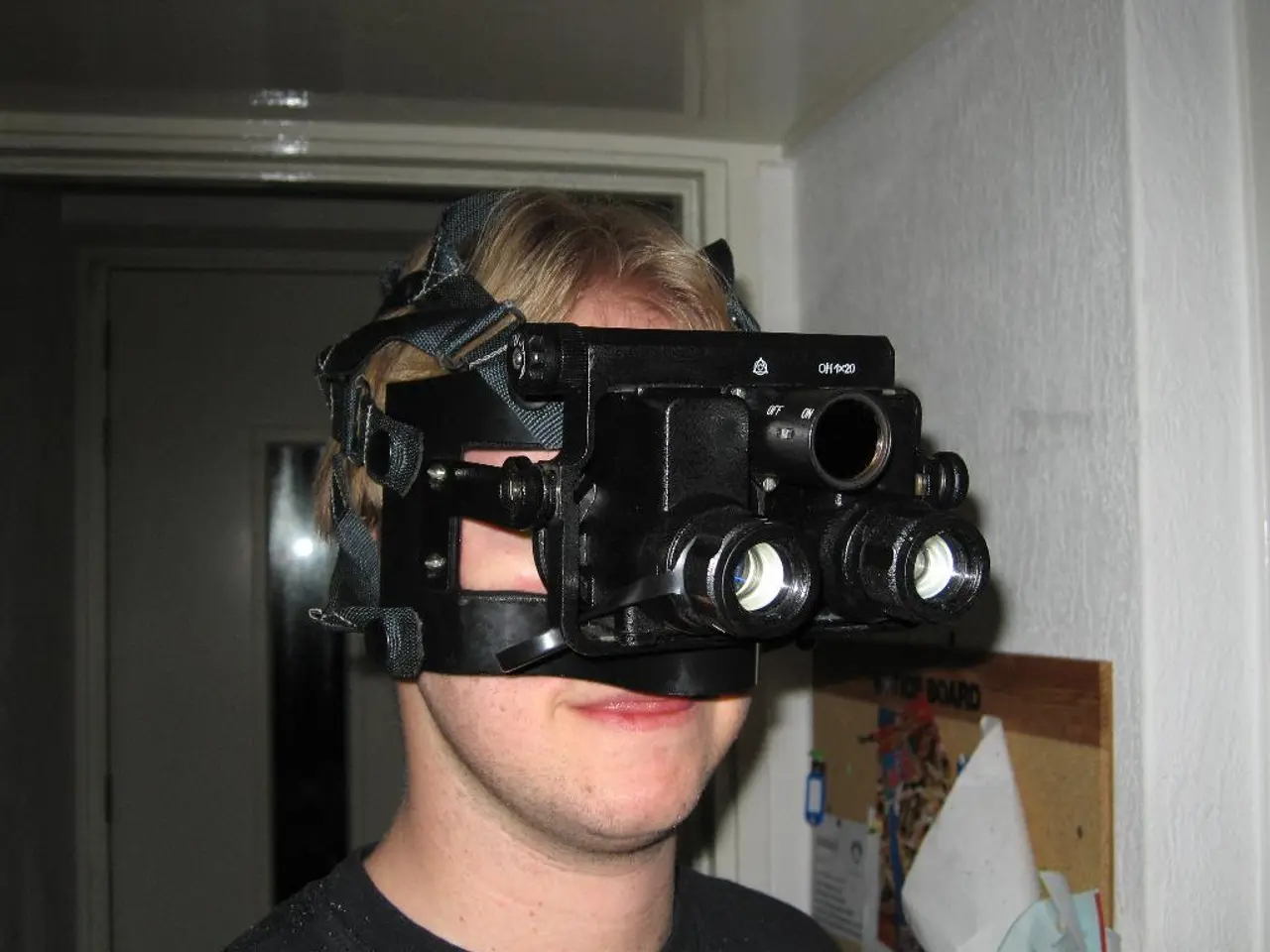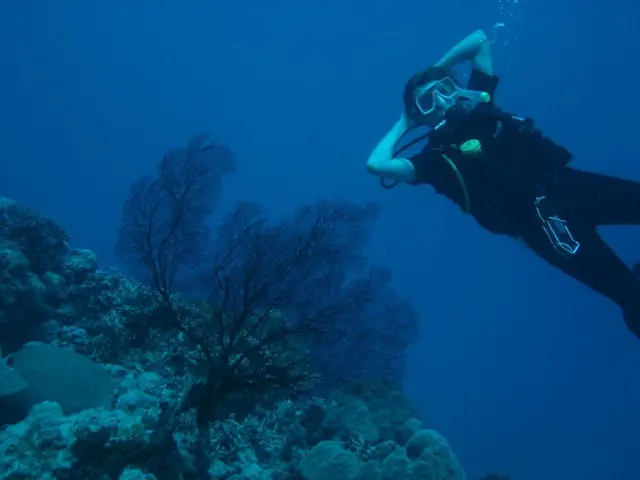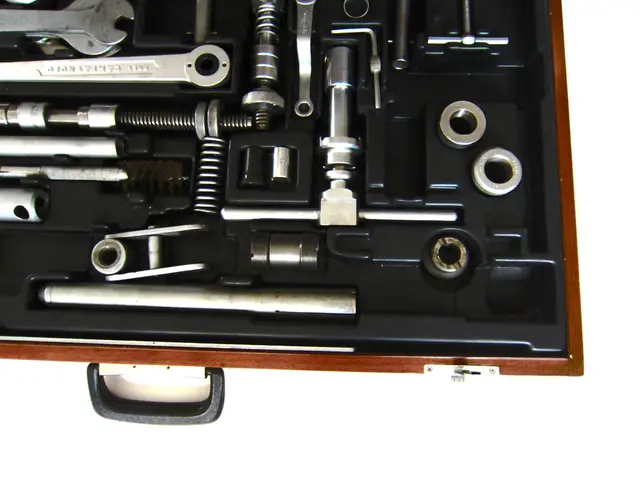Effortless hack leverages mindful breathing techniques for pain alleviation
In the realm of mindfulness and pain relief, two innovative techniques are gaining attention: virtual reality (VR) breathing and mirror gazing.
Mirror gazing is a form of meditation that involves viewing oneself in a mirror while practicing breathing meditation. This practice helps individuals to remain in the "now", focusing on visual cues like posture and breath. Interestingly, the spine may elongate with each inhalation, providing visual cues of what's happening in the body and mind. Mirror gazing can offer self-reflection, insight into thoughts, perspectives, expressions, self-identity, and physical posture. It serves as a viable alternative for those without access to virtual reality tools.
On the other hand, VR breathing techniques appear to offer benefits similar to or complementary with traditional mindful breathing, but with some unique advantages. While traditional mindful breathing relies on conscious attention to breath to reduce pain perception and calm the nervous system, VR breathing leverages an immersive environment that can enhance focus, reduce external distractions, and engage users more fully. This immersion may amplify pain reduction effects.
Research by Dr. Alexandre DaSilva, associate professor at the University of Michigan's School of Dentistry, is exploring the potential of VR in pain relief. His virtual reality tool engages the visual and auditory parts of the sensory cortex, unlike traditional mindful breathing. Patients wear a viewer showing three-dimensional lungs and a belt that synchronizes the movement of the virtual lungs with their own breathing. This immersive experience provides visual and auditory stimuli to help patients follow their breathing, making mindful breathing more accessible.
Dr. DaSilva's research suggests the possibility of apps and virtual reality programs that could help individuals with pain use meditation to relieve it. Studies have shown that VR interventions have been increasingly demonstrated as effective for pain relief in children undergoing surgery and during painful procedures. These effects relate partly to VR’s ability to immerse patients in calming or engaging virtual environments, which may include guided breathing exercises within the VR setting.
For some people, focusing on their breath for mindful breathing is difficult due to a lack of visual stimuli. With practice, mirror gazing may activate the same visual and auditory parts of the sensory cortex as virtual reality breathing. Breathing in through the nose and out the mouth during mirror gazing can provide visual cues that can be seen in the mirror, helping to maintain focus.
In summary, VR breathing techniques can augment traditional mindful breathing by providing immersive, multisensory environments that improve focus, reduce anxiety and pain, and support relaxation. While both rely on breath control and attention, VR may offer enhanced engagement and distraction benefits, particularly for pediatric or acute pain situations. More direct clinical comparisons are needed to define the extent of VR breathing’s superiority or equivalence to traditional mindful breathing in diverse pain settings.
- Incorporating mirror gazing into one's health-and-wellness routine can offer self-reflection and promote mental-health, providing an alternative for those without access to virtual reality tools.
- The science behind virtual reality (VR) breathing is showing promising results in the health-and-wellness field, with potential benefits including improved focus, reduced pain perception, and enhanced mental-health.
- Fitness-and-exercise isn't the only area where technology can make a difference – innovative VR techniques like VR breathing are demonstrating effectiveness in improving brain health and mental-health, making mindful breathing more accessible for individuals.




